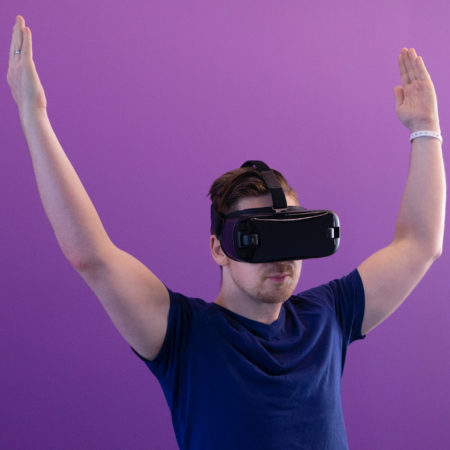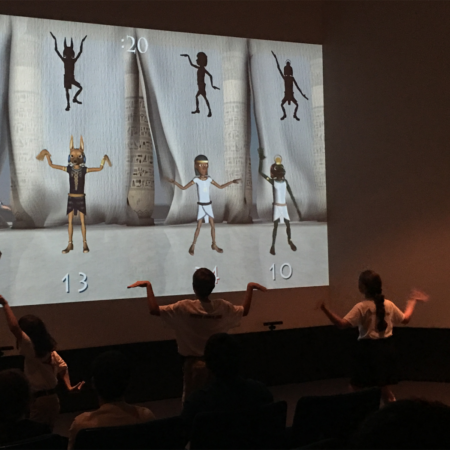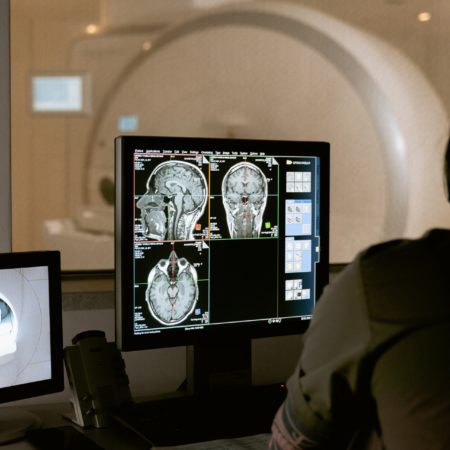A Study on Visual Perturbations Effect on Balance in a VR Environment
Cases on Immersive Virtual Reality Techniques, Yang K (Ed.), 2019, pp. 67-88. http://dx.doi.org/10.4018/978-1-5225-5912-2.ch004
Description
Users sometimes lost their balance or even fell down when they played virtual reality (VR) games or projects. This may be attributed to degree of content, high-rate of latency, coordination of various sensory inputs, and others. The authors investigated the effect of sudden visual perturbations on human balance in VR environment. This research used the latest VR head mounted display to present visual perturbations to disturb balance. To quantify balance, measured by double-support and single-support stance, the authors measured the subject’s center of pressure (COP) using a force plate. The results indicated that visual perturbations presented in virtual reality disrupted balance control in the single support condition but not in the double support condition. Results from this study can be applied to clinical research on balance and VR environment design.
People live in the three-dimensional (3D) physical world and traditional two-dimensional (2D) flat images such as photo or video are lack of the third dimension information (Geng, 2014). Almost half of human brain capacity is devoted to process visual information and the limitation of flat images and 2D displays will limit human’s ability to understand the complexity of real-world objects (Geng, 2014). On the other hand, 3D display technologies improve perception and interaction with 3D scenes, and hence can make applications more effective and efficient (Mehrabi et al., 2013). Driven by the rapid improvement of computer technology, 3D display has become more powerful, affordable and comfortable. One of the 3D displays that widely adopted is stereoscopic display. Stereoscopic is recognized as one of the oldest 3D display systems and it was first proposed by C. Wheatstone in 1838. This type of display was based on stereopsis, where an observer’s left and right eyes receive different perspectives separated by a stereoscopic device that the observer is wearing (Nam Kim et al., 2013). One of the stereoscopic displays is anaglyph (Image 1a in Figure 1) that use two color filtered images and glasses that usually utilize red-cyan, red-green, green-magenta and magenta-cyan colors. The other is LC shutter system or also known as active-shutter system (Image 1b in Figure 1). It is defined as a stereoscopic technique that sends the left image to the left eye while the right eye’s view is blocked by the display device and user glasses, then presents the right image to the right eye while the left eye’s view is blocked (Turner & Hellbaum, 1986). Stereoscopic display can also use a polarized 3D system (Image 1c in Figure 1), a technique that send polarized images to the corresponding eyes through polarization glasses (Nam Kim et al., 2013).
Additional information
| Author | Santoso, Markus, Phillips, David |
|---|---|
| Journal | Cases on Immersive Virtual Reality Techniques, Yang K (Ed.) |
| Year | 2019 |
| Pages | 67-88 |
| Publisher | IGI Global |
| DOI |
Citation
Citation
BibTex
@article{digitalWorlds:189,
doi = {http://dx.doi.org/10.4018/978-1-5225-5912-2.ch004},
author = {Santoso, Markus and Phillips, David},
title = {A Study on Visual Perturbations Effect on Balance in a VR Environment},
journal = {Cases on Immersive Virtual Reality Techniques, Yang K (Ed.)},
year = {2019},
pages = {67-88}
} 




